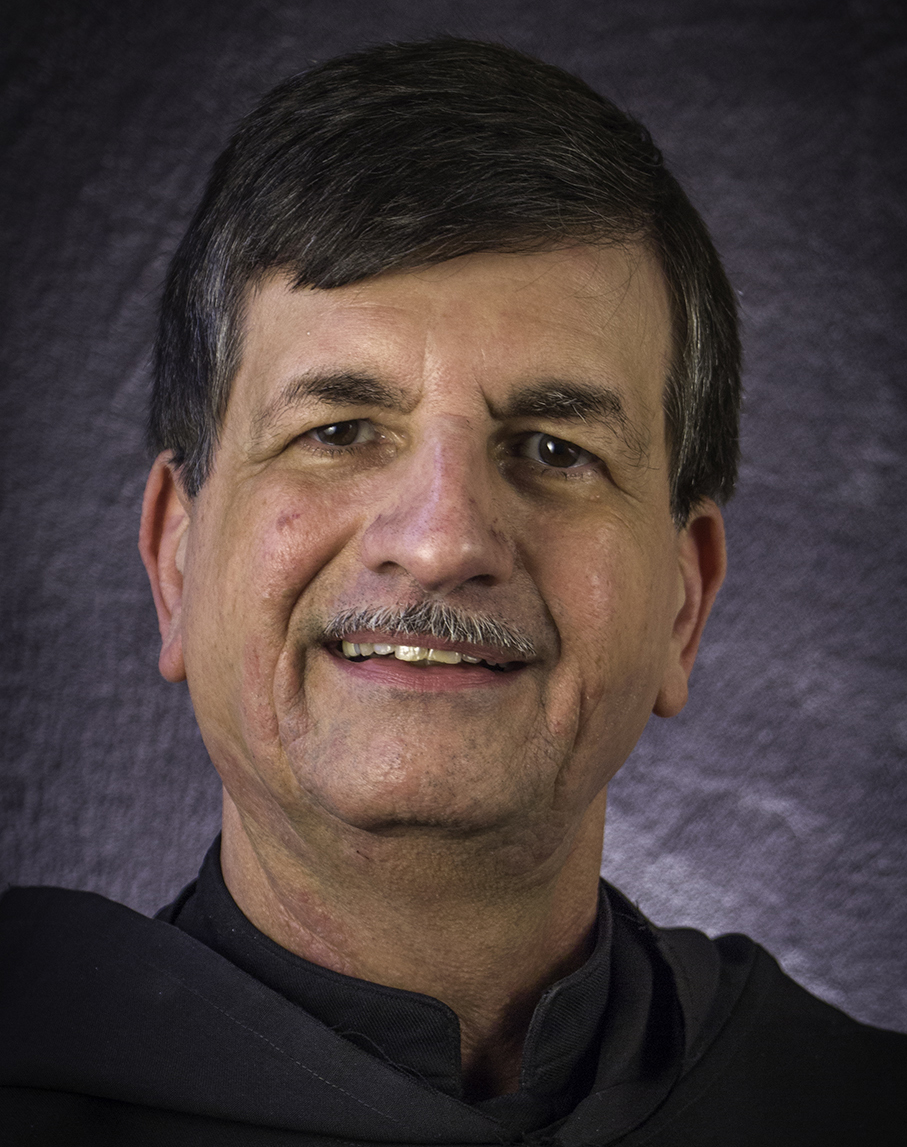Assumption Catholic Church
323 West Illinois Street - Chicago IL 60654
| HOME |
Pastor's Messages Fr. Joseph Chamblain, O.S.M. Pastor
|
 |
Assumption Catholic Church
323 West Illinois Street - Chicago IL 60654
| HOME |
Pastor's Messages Fr. Joseph Chamblain, O.S.M. Pastor
|
 |
|
||||||||||||||||||||||||||||||||||||||||||||||||||||||||||||||||||||||||||||||||||||||||||||||||||||||||||||||||||||||||||||||||||||||||||||||||||||||||||||||||||||||
|